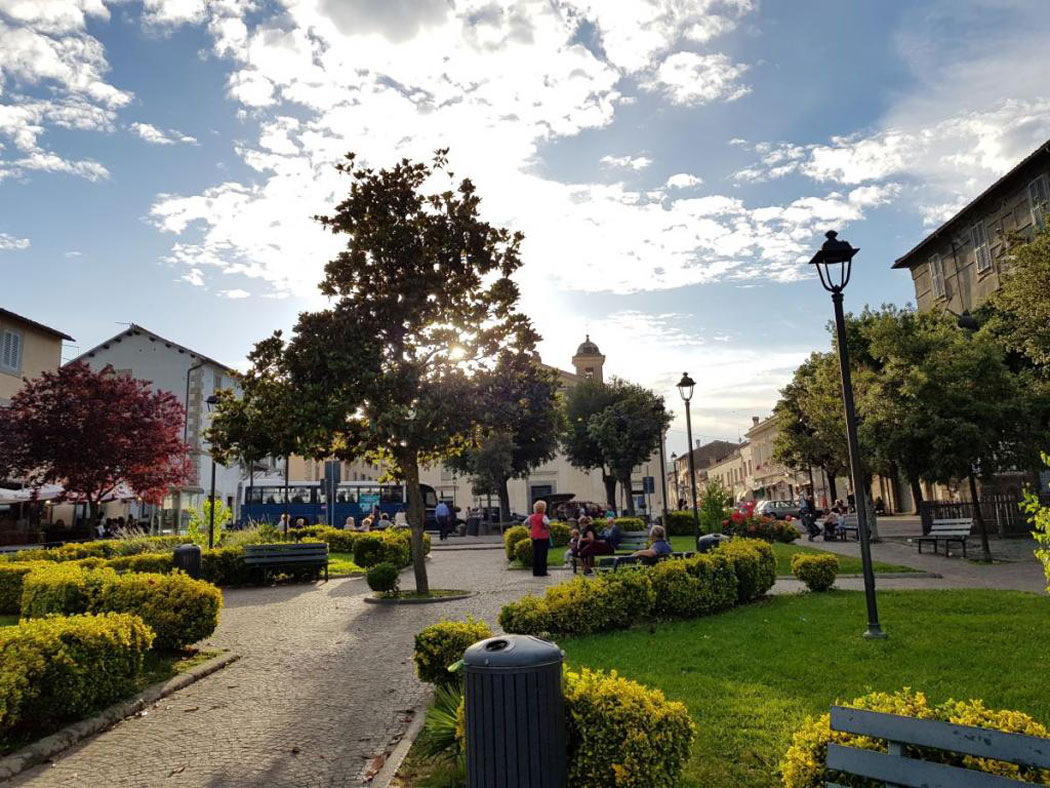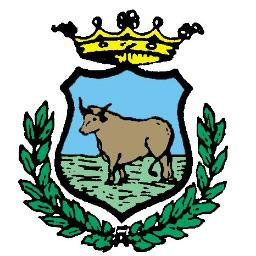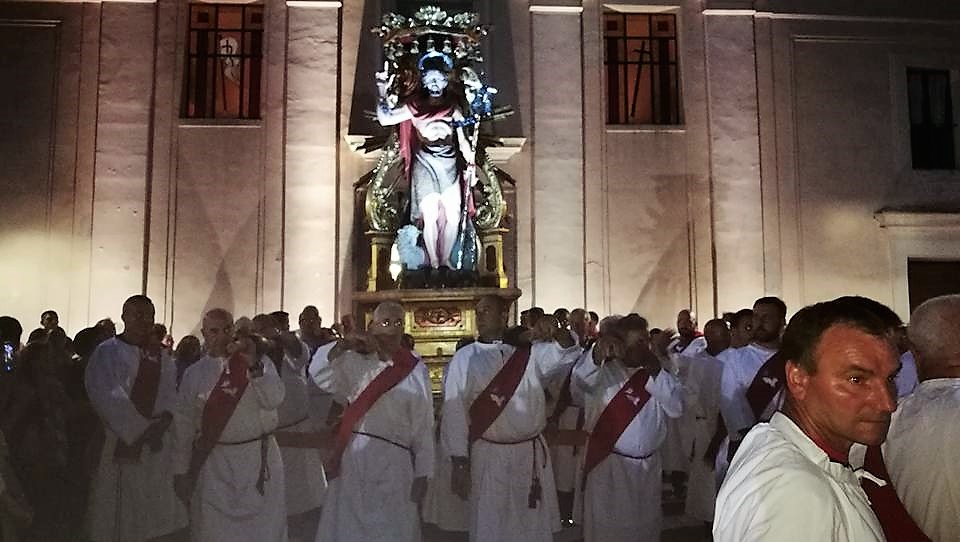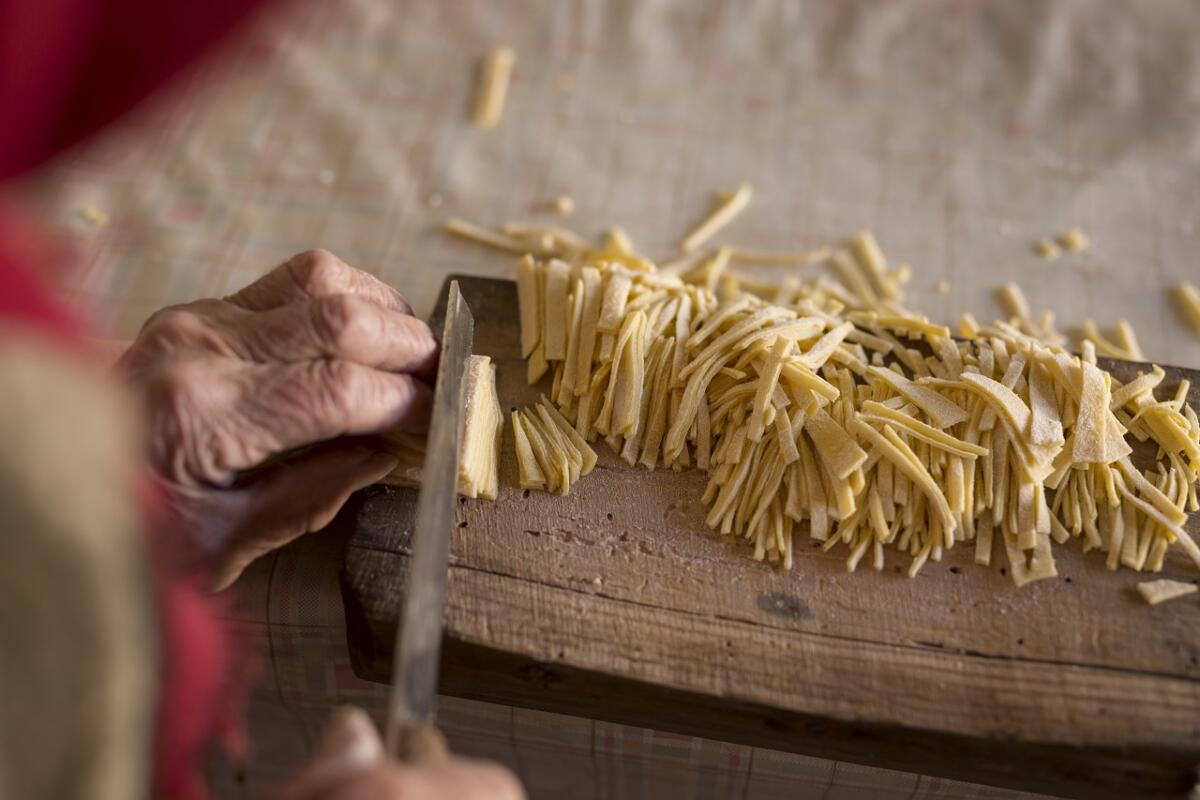

Perhaps the name of Manzanita is related to beef, that also in the emblem of the town, but many scholars link it to lapis anitianus stone "anitiana", excavated in the past on Monte Virginio. This stone is already described by Vitruvius Pollio in 27 BC in "De Architectura".
Another theory links the name to the Etruscan god Mantus of hell, that would give name to Silva Mantiana (today Manziana Forest).
The first inhabitants were the Etruscans who fled there after the destruction of the ancient city of Ceri (Cerveteri). The Romans also left their traces in a Roman road, Via Macchia Grande.
In the thirteenth century the Vico family built a baronial castle, that has now become Tittoni Palace, to which they gave the name of "Castrum Sanctae Pupae". But the territory was subsequently under control of the Orsini.
In the fourteenth and fifteenth centuries there were serious turbulences and Orsini were forced to sell to different owners of Santa Pupa lands. The castle ruined and uninhabited was only reclaimed at the end of the Middle Ages with the arrival of people from other towns, called Capannari because their homes were in wooden huts, and they began to build churches. The Mantiana name began appearing in the mid 1500s, when it was mentioned in the first official document on which appeared the title of "Capannari".
When the Orsini noticed the new flourishing centre, they insisted on an oath of allegiance from Capannari who occupied the territory.












Follow us